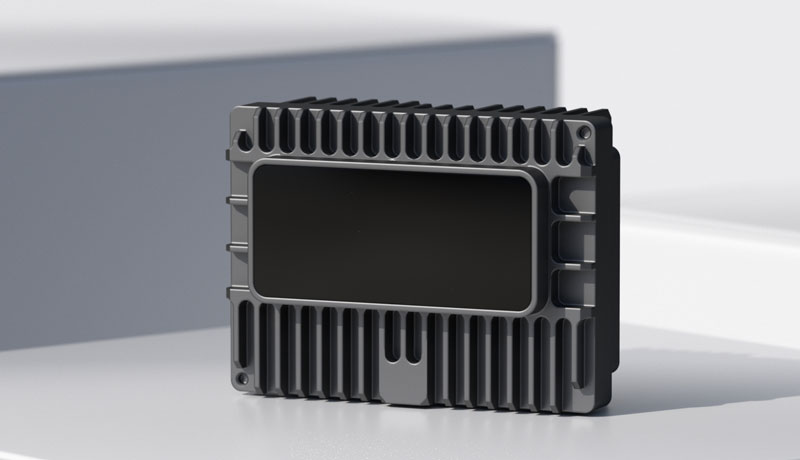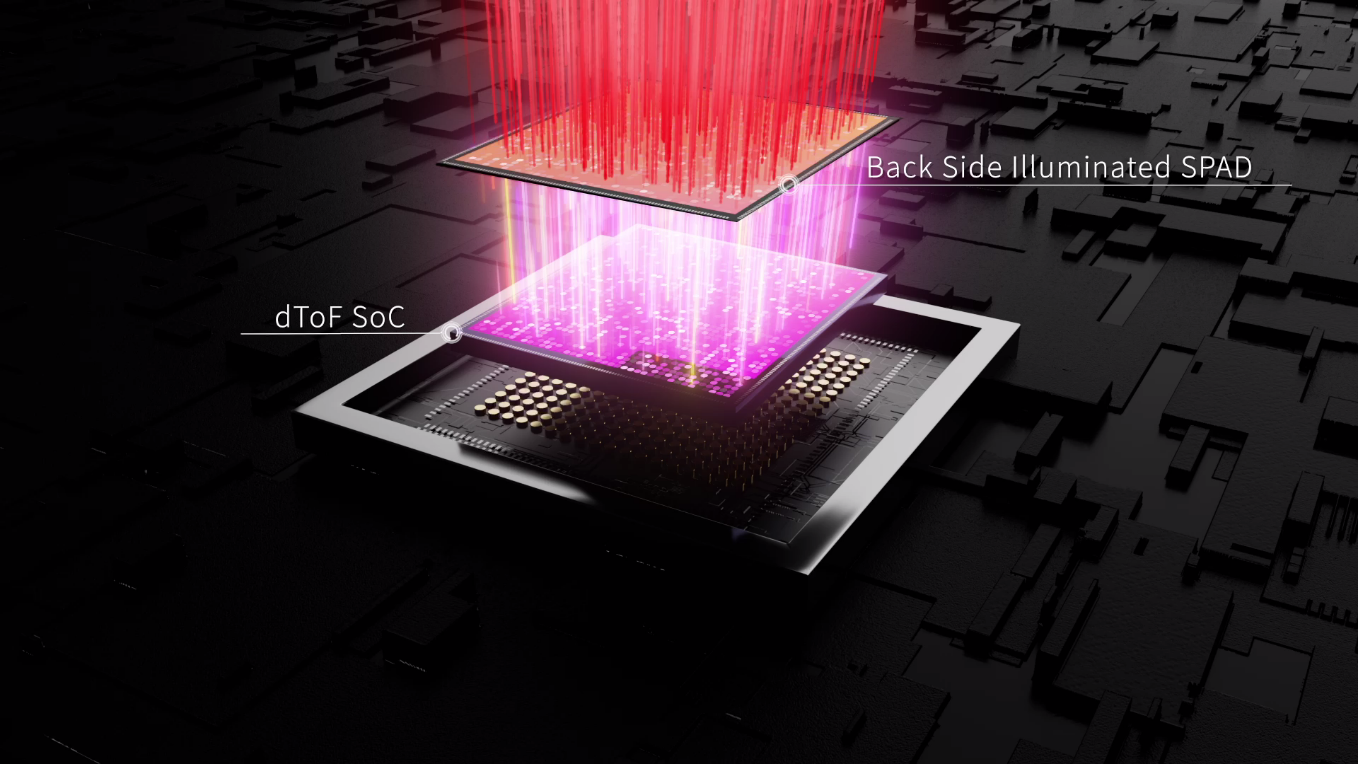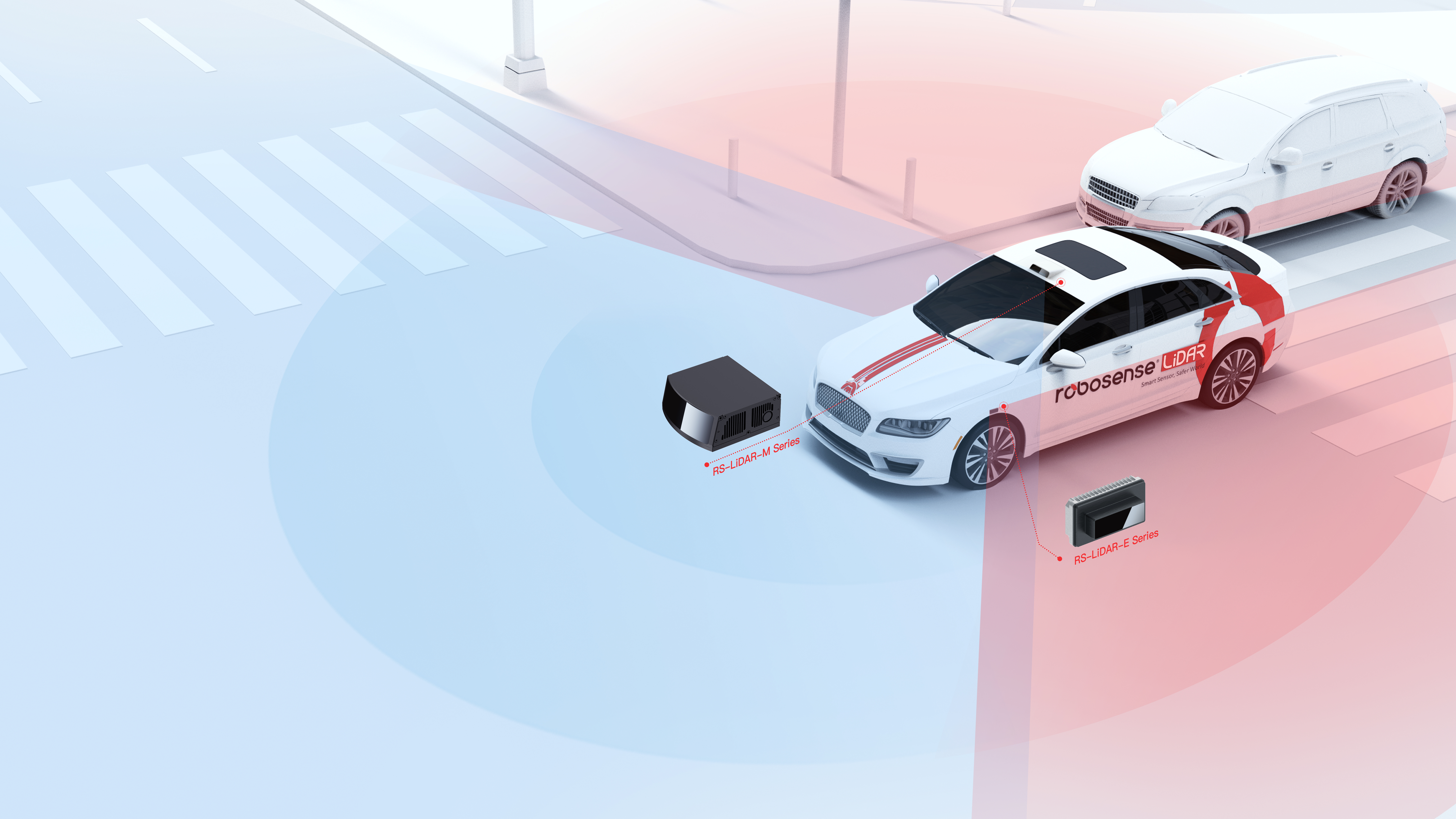

RoboSense Launched E1, A High-Performance Flash Solid-State LiDAR, based on Flash technology, was launched in 2022 and is developed to address the market demand for blind spots and short-range detection. Flash LiDAR operates by illuminating the entire visual detection field with sequential flash. By leveraging our LiDAR-on-chip technologies and integrating SPAD array/SoC, Flash LiDAR eliminates the entire scanning architecture. This simple design makes Flash LiDAR more cost-effective. We believe that Flash LiDAR can be used in a wide range of application scenarios involving autonomous driving and robotics.
Forward-facing LiDAR technology has effectively covered the front perception area of automobiles. However, there remains a significant "blind spot" in near-field lateral perception, leading to insufficient safety measures and hindering the progression of vehicles towards advanced ADAS systems.
RoboSense have adopted the following LiDAR-on-chip technologies for our E Platform:

E Platform LiDAR Product
E1 has a wide 120 degree (horizontal) * 90 degree (vertical) FoV with support for a refresh frame rate as high as 25 Hz. With a 30-meter@10% detection range, the E1 has key performance metrics that are the best in the industry. E1 is the best blind spot supplement for our M platform products, as it is able to create zero blind spots for autonomous driving systems. Leveraging our Flash technology, E1 is able to provide blind spot coverage in the illuminated FoV, and possesses high resolution and detection capabilities over its wide FoV.
Equipped with our self-developed chip and 2D electronic scanning technology. By combining the core components of receiving and processing, it greatly simplifies the circuit design and production process, and thereby delivers strong performance and cost advantages, satisfying market demand for durability and reliability in blind spot LiDAR.
For the transmission system, E1 adopts 2D addressable surface array VCSEL technology, which supports flexible scanning modes and greatly improves energy utilization through its industryleading performance. The peak power consumption of 2D scanning is significantly lower than that of 1D scanning, saving more energy and offering advantages in heat dissipation. 1D scanning lights up only one VCSEL line array at a time and the whole column uses the same level of power consumption, making it impossible to flexibly allocate energy to different areas. In contrast, 2D scanning can dynamically adjust local emitting power in real time according to different ranging scenarios in order to achieve optimal energy for different areas.
The receiving system of E1 uses an advanced 3D stacking process to integrate our SPAD array and high performance SoC into one chip, which greatly simplifies the system and reduces cost while providing the capability to directly process and generate point clouds.
Other than ADAS applications, we also expect our E platform products to be adopted in robotics applications to enhance environmental perception capabilities of robots. Due to its wider field of view and cost-effectiveness, our E Platform has the potential for extensive applications in both service robots such as logistics delivery and household robots, as well as in industrial robotics applications like AGVs (Automated Guided Vehicles), AMRs (Autonomous Mobile Robots), firefighting and inspection robots. We plan to first introduce E platform products to our existing domestic customers in the robotics industry and subsequently expand its adoption to overseas customers.
